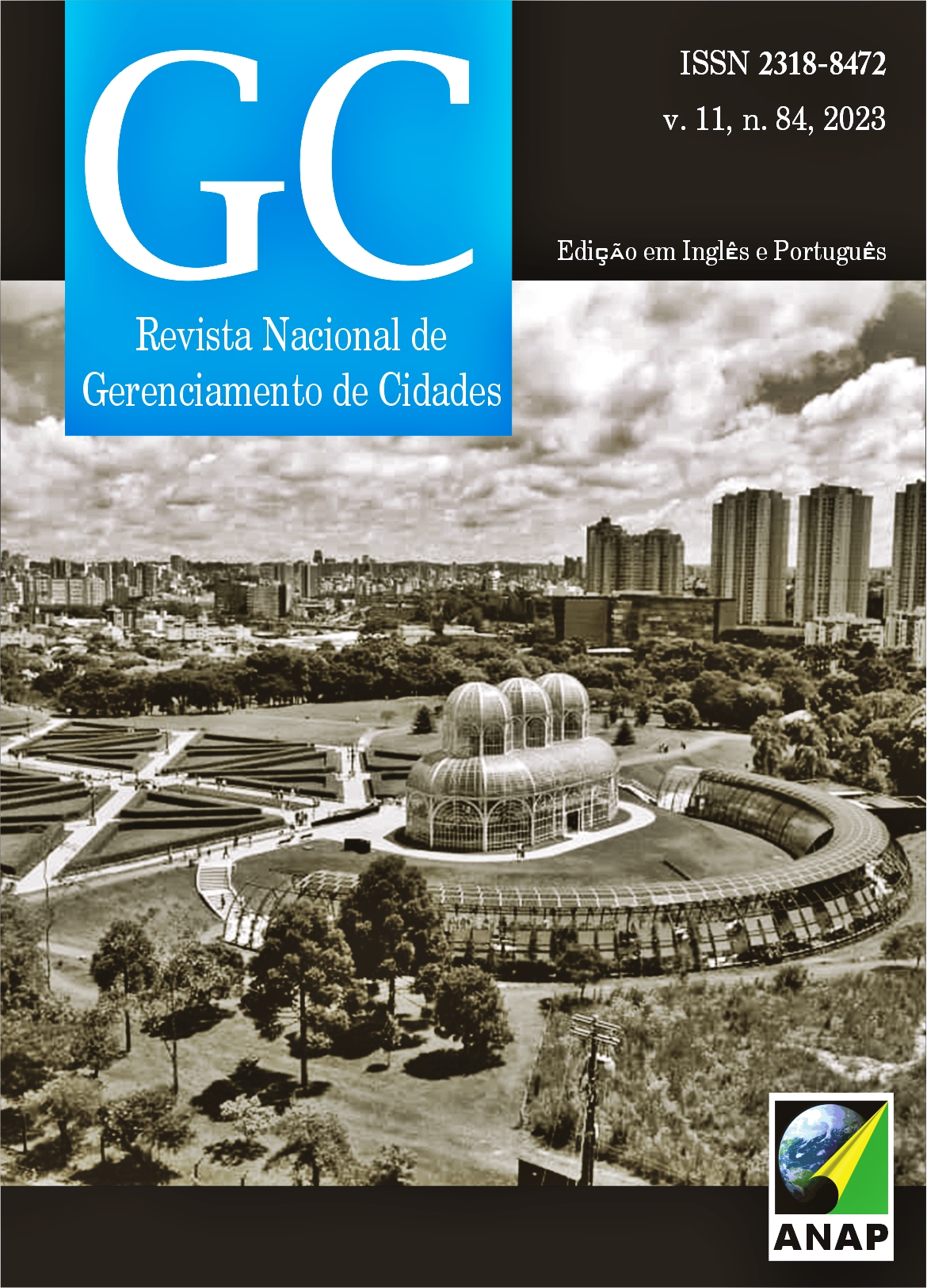Spatial analysis applied to indicators of urban road network and population distribution for the identification of Functional Urban Regions in Angola
DOI:
https://doi.org/10.17271/23188472118420233617Resumo
This research aimed to carry out an exploratory analysis on Functional Urban Regions (FURs) in Angola. Thus, two groups of data were used, road network and population, which were analyzed through Exploratory Spatial Data Analysis (ESDA). Road network data were extracted from the OpenStreetMap project and population data from the National Institute of Statistics (INE, 2020). Computational tools were used, namely: QGIS and GeoDa for the analyses. The results were presented by means of thematic maps, box maps and Moran index and p-value. There was greater spatial homogeneity for the Road Network Population Density (DPV) indicator, showing a good coincidence between the municipalities classified in the quadrant HH and the five most populous provinces in Angola.
Downloads
Downloads
Publicado
Edição
Seção
Licença
Direitos autorais (c) 2023 Revista Nacional de Gerenciamento de Cidades

Este trabalho está licenciado sob uma licença Creative Commons Attribution-NonCommercial-ShareAlike 4.0 International License.















